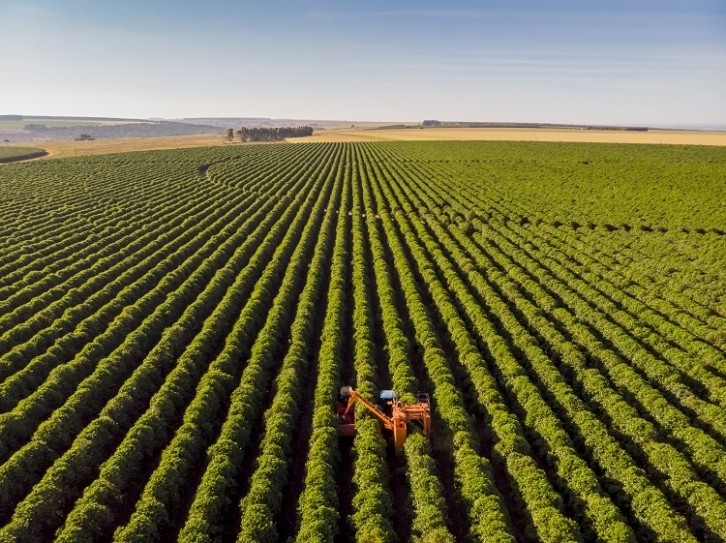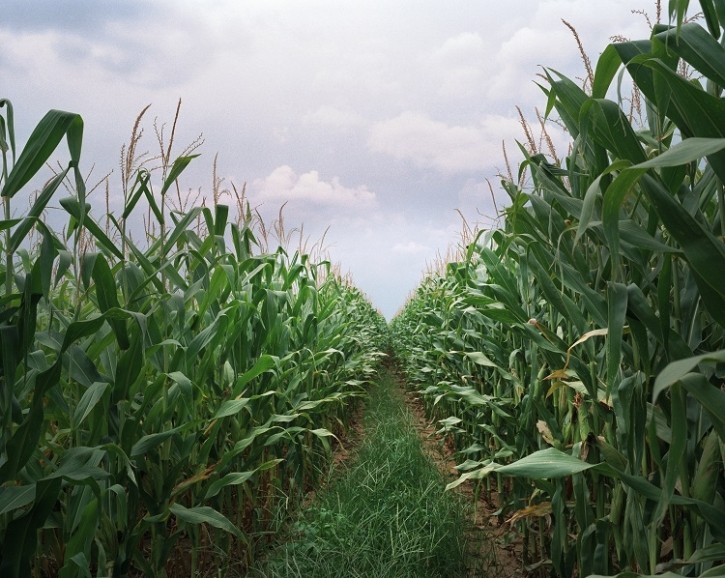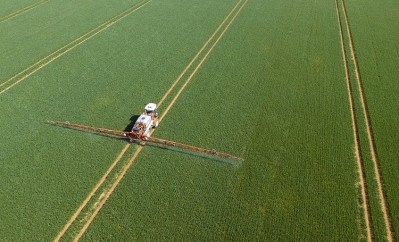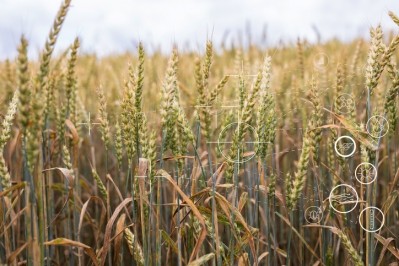'The most important agent of disease in plants is fungi' - Fungal infections threaten the world’s supply chain
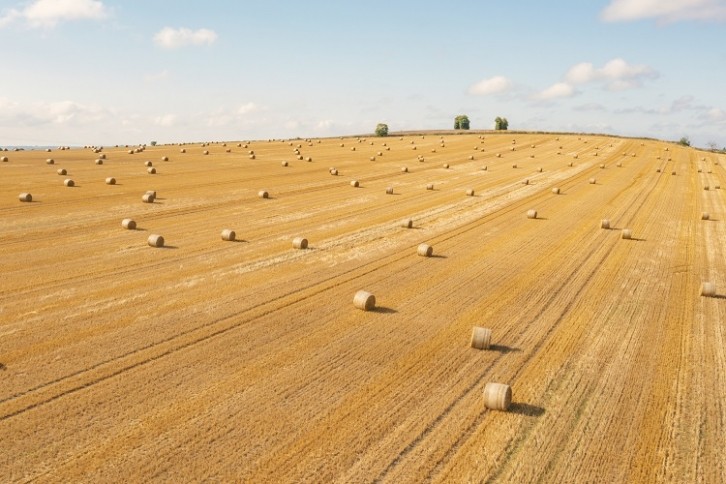
A recent commentary in the journal Nature, by Eva Stukenbrock and Sarah Gurr, described the significant impact of fungal infections on the global supply chain.
Fungi, they pointed out, are chillingly efficient destroyers of crops. They produce a significant amount of spores which can remain within soil for up to 40 years. In other species, spores can travel thousands of kilometres. One fungi, the wheat stem rust, can travel between continents.
Fungi can also change very effectively, not just through sexual recombination but also through mutations.
Worldwide calorie shortages
Because these fungi are so effective, they’re damaging calorie crops significantly. In a 2019 list, it was revealed that fungi are the dominant diseases affecting all five of the world’s most important calorie crops, such as wheat (which makes up 18% of calories consumed globally each year).
“The five most important calorie crops — rice, wheat, maize (corn), soya beans and potatoes — can be affected by rice blast fungus, wheat stem rust, corn smut, soybean rust and potato late blight disease (caused by a water mould oomycete), respectively,” professor Sarah Gurr from the University of Exeter, who co-wrote the commentary, told FoodNavigator.
Moreover, calories can be affected indirectly. Crops such as bananas and coffee, which provide income for many countries, are also being damaged, preventing people from being able to buy calorie crops in the first place.
“Commodity crops including bananas and coffee are also susceptible to fungal infection – we can see this today as our bananas are ravaged by Panama disease,” Gurr told us.
The researchers predict that growers worldwide lose between 10% and 23% of their yearly yield to fungi, with another 10–20% post-harvest.
The losses mean that between 600m and 4,000m people around the world have the potential to miss out on their 2000 calories per day for a whole year, which they could have had, had not the fungi destroyed important calorie crops. The world’s population is expected to reach 9.7 billion within the next 30 years, which could further strain the world’s food system.
“We are much more aware of disease and need to realise that the most important agent of disease in plants is fungi,” said Gurr, whereas “in humans it is viruses and bacterial diseases.”
Climate change and monocultures
Climate change is only making the problem worse. Many fungi proliferate in hot climates, such as tropical regions. But with the growing temperature of the Earth, these fungi are moving towards the poles.
In fact, some crops, such as wheat stem rust, which is normally only found in tropical regions, has recently been seen in England and Ireland.
Harmless endophytic fungi (fungi that lives in plant tissues) could become pathogenic as temperatures change, because plants themselves may change their physiologies as a response to changes in the environment.
Higher temperatures could even, the Nature piece suggests, lead to soil-dwelling pathogens changing hosts to affect humans or animals.
Furthermore, as agriculture proliferates and crops grow on a larger scale, large fields of monocrops are becoming more and more common. Canada, for example, has the world’s largest monoculture, a massive 14,000 hectare field of genetically uniform wheat.
“Since the green revolution and with the need to feed more and more mouths, agriculture has become ‘large scale’ – meaning the planting of acre upon acre of genetically uniform crops guarded by one or two disease resistance genes and by particular fungicides,” Gurr told us.
“This has encouraged the proliferation and emergence of new aggressive strains of the various fungi (large numbers, fast life cycles and “plastic” genomes).”
Of course, so many monocultures is a feast for fungi, who mutate and adapt so easily to their environments.
Fungicides do not always provide a fantastic solution. Many fungicides target only a single fungal cellular process, meaning that the fungi can develop a resistance.
The fungicide market, more than 77% of which is made up of three fungicides (the azoles, the strobilurins and the succinate dehydrogenase inhibitors, all of which are single target-site antifungals) is expected to grow by 4.9% each year between 2021 and 2028, largely because of their increasing use in low-income countries.
Solutions
However, there are several solutions. The most simple is recognising the signs of fungal infection. Initiatives to encourage farmers to report signs of fungal infection, initiatives to collect data, and even AI tools that provide early warning systems, can all help save crops before infections get out of hand.
Gurr sets out the signs to look for that crops may have been infected. “In the field – disease lesions and browned tissues,” she told us. “Post harvest – decay in quality, for example with the grey mould fungus you see in the supermarkets (eg. on raspberries).”
Another is by moving our focus away from single-target-site fungicides to use fungicides and use compounds with the ability to target more than one process. A 2020 study from the University of Exeter found a molecule - a lipophilic cation (C18-SMe2+) – that provided protection from Septoria tritici blotch in wheat, rice blast in rice13 and Panama TR4 disease in bananas.
Resistance genes, known as R-genes, can be bred into plants to provide protection. While pathogens often adapt fast to gain resistance to a single R-gene in a plant, putting multiple R-genes in a plant (which is known as “pyramiding”, or “stacking”) can provide plants with a broader range of resistance, although this is often short-lived.
However, there is the issue with legality. In the UK, the UK Genetic Technology (Precision Breeding) Act has recently been passed, meaning that gene edited plants are legal. However, in many countries gene edited plants is still banned. This could make engineering in such R-genes difficult. As the law around the world changes, such methods will become more available.
Overall, Gurr believes that farmers can keep their crops safe “by ensuring that the crops are protected from disease better – by farmers planting disease resistant cultivars and by spraying with fungicides.
“To summarise, addressing the threat to human health posed by fungal crop diseases will require greater engagement with the problem, and more investment in research from governments, philanthropic organizations and private companies.”
Sourced From: Nature
'Address the growing urgency of fungal disease in crops’
Published on: 2 May 2023
DOI: https://doi.org/10.1038/d41586-023-01465-4
Authors: E. Stukenbrock and S. Gurr
